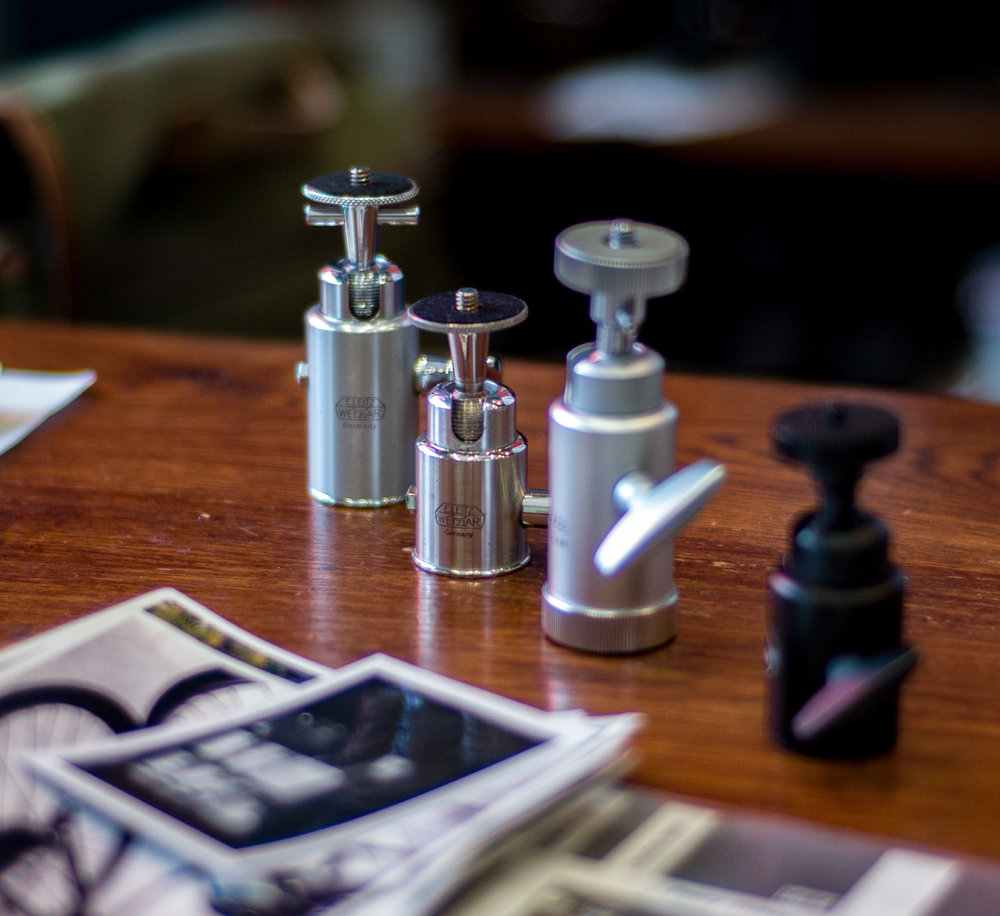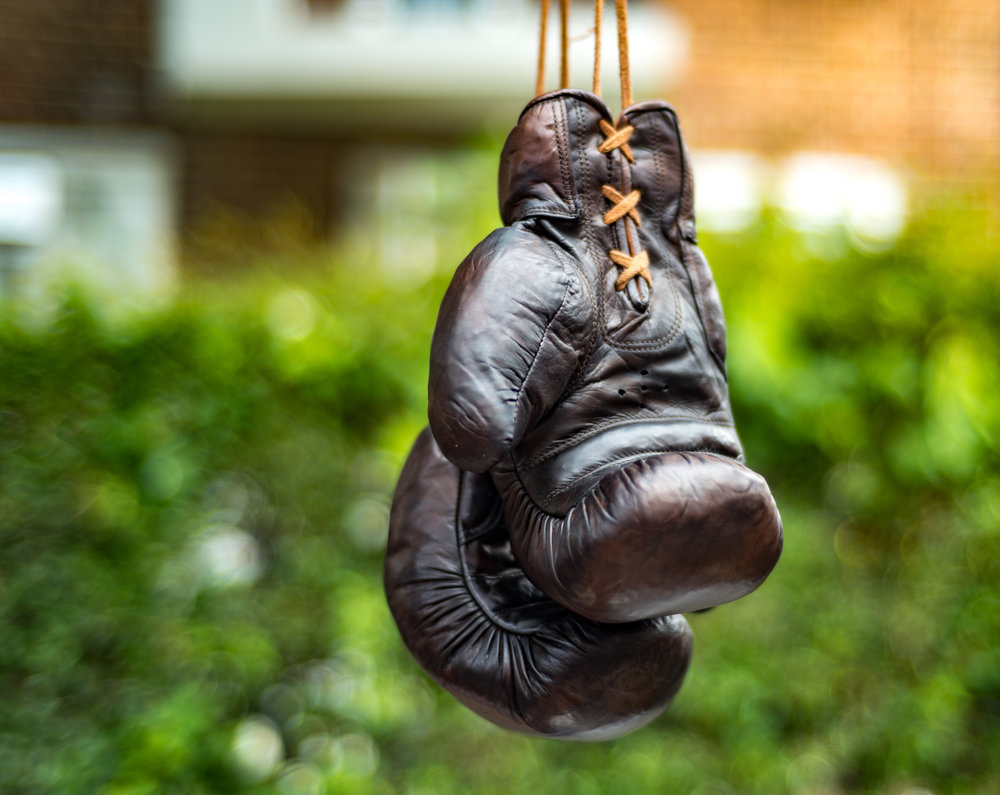
Hamish Gill, a friend who is both a knowledgeable film fan and Leica stalwart, has reached a surprising decision. He has sold all his modern Leica lenses and decided to switch entirely to Zeiss ZM-mount.
For a couple of years, to my knowledge, Hamish has been extolling the traditional virtues of the Zeiss-ZM Sonnar-C 50mm f/1.5, a modern version of a pre-war design. It has a modern coating but even Zeiss admit that this isn’t a lens for technical perfection (unlike, for instance, the 50mm f/2 Apo-Summicron-M ASPH from Leica). They tell us the Sonnar’s forte is portraiture and when atmosphere, including shallow-depth-of-field techniques and bokeh are desired. The Sonnar-C also has something of a reputation for focus shift on rangefinder cameras.

Compact
But I join Hamish in his liking for this fast, extremely compact 50mm lens. Although I don’t own an example of this lens, I did put a press-fleet version through its paces last year and used it extensively with two cameras — the Leica SL and Leica M-D. I actually love the chrome-and-black finish and ergonomics of this lens, which is a much cheaper alternative to Leica’s 50mm f/1.4 equivalent. The silver version of he Sonnar as arguably even prettier.
It is, however, the only Zeiss-ZM optic I have used for any length of time, and I bow to Hamish’s greater knowledge on the subject of Zeiss lenses in general.
Hamish has now gone one step further. He has sold his modern Leica lenses because they are just “too good for his tastes”. I can understand his point. Softer, older lens designs do have a certain allure, particularly for special-occasion use. And there is no doubt that modern Leica lenses have majored on sharpness and technical perfection. I like that perfection and sharpness, I have to say, but I can understand the views of photographers such as Hamish Gill who prefer a softer, more dreamy approach.

Vintage allure
Our contributor William Fagan has a large collection of vintage Leica lenses, many of which exhibit similar characteristics to the Zeiss Sonnar. He praises them for their rendering which is typical of the period. They all lack modern coatings but there has been a recent move to update and reintroduce some of the more classic Leica designs. The first of these is the 28mm f/5.6 Summaron, introduced earlier this year. But I believe other classic designs in a modern guise will appear in due course.

I am sure few Leica enthusiasts will be rushing to emulate Hamish’s clear out and switching wholesale to Zeiss or to vintage optics. Most, I believe, appreciate the technical excellence that Leica continues to offer with its lenses. But on occasion, a softer classic rendering can be fun, particularly for portraiture. Hamish, however, believes his Zeiss lenses are the best all rounders for his purpose and it’s a view I respect even though it wouldn’t be my choice.
______________


I enjoy all lenses, new and old. In my bag right now: Zeiss 25/2.8, Leica 35/1.4 ASPH FLE, Summarit-M 5cm f/1.5, 50/1.4 ASPH, 90/2 APO ASPH. A 50/2 Rigid lives on my M3.
If you want to only shoot Zeiss by all means. I just can’t ignore all the fun choices out there!
I think if you’re considering Zeiss for the ‘vintage look’ you should also look at Voigtlander. They’re cheaper, some have very pleasant bokeh and are beautifully made. I have used the 21mm f1.8 on my M9 quite a bit and always amazed at the image quality. My brief experience with Zeiss was that the contrast is pleasing, butthat the image does have that modern look. The used 25mm 2.8 I bought was not up to Leica or for that matter Voitlander, it actually had a major problem so didn’t stay in my bag for long and was refunded. The 50mm I’d like to try most is the Voigtlander 1.5 VM, which feels amazing.
Well, I have to agree with the Zeiss C-Sonnar – it is probably the best overall 50mm lens that I have used for both handling and its characterful rendering.
However, I am not sure that I would describe many of the current Zeiss lenses other than the C-Sonnar as giving a classic look. Most that I have used, such as the ZM 2/50 Planar or ZM 1,4/35 Distagon give very modern results, albeit different from their Leica counterparts.
I tend to agree with you.
Each to his own, but I fail to understand why anyone would even consider wanting to change a range of lenses because such as the Leica ones are TOO sharp?
Personally I do not believe there is any such thing as SURPLUS definition, but if there was then surely it is easy enough to soften the bite via numerous different ways (Camera shake included!), however you cannot put great definition back if it was not present in the first place, and not even incidentally via such as later digital sharpening.
Frankly I want THE sharpest and best lenses possible, always have if only to help cover some of my own human errors, and whats more I also regard the oft quoted supposed benefits of using old Leica is for me at least yet another daft idea as good as they might have been back in there day those old optics just do not cut it compared to modern glass.
Not that I would decry anyone using such as a 50mm f2 collapsible Summicron on such as a digital model ‘M’ as a stepping stone for instance between affording something better, but please do not try and kid me its its performance will be anywhere near as good as any of the successive later 50mmSummicron versions as each has improved quite considerably on the performance of its predecessor.
Out of interest I am lucky enough to have a veritable cupboard full of old Leica M and screw lenses and out of curiosity have tried them all at various time on my M9, M240, Leica T, and even on several Fuji’s such as the X-Pro 2 and the only lens that I did feel worth further experiments with was the old 50mm f1.5 Summarit, which even when coated was always a very low contrast lens.
This one throwback instance did rather surprise me however because I thought the f1.5 Summarit rubbish when I first had one back in the early 1950’s but I had it because as a Pro photographer there were times when I just had to have access to f1.5, but with its problem being its very low contrast rather than any lack of definition, I do now find it quite useful, especially when stopped down a couple of stops, as now I can now so easily digitally up the contrast BUT it still cannot compare of course to my 50mm Summilux-Asph which I regard as Leica’s finest.
Anyway each to his or her own and may we all enjoy. Don
I think I’m with you on this, Don.
I’ve been considering an M8 and would likely pair it with some Zeiss glass, including the sonnar. I really like that it’s character changes as you stop it down.
I use both a zeiss planar 1.4 85mm and a zeiss apo sonnar 2.0 135mm on my SL for portrait and fashion work. The 85 shot wide open is a bit softer, the 135 at f/2 rather sharp. Their color rendition is fantastically accurate and on the SL somewhat rich. I agree that Zeiss makes extremely high quality lenses and these two are superb used with people.
I have two modern Zeiss lenses, both the same kind. They are both 25mm f2.8 and I have it in M mount (called a Biogon) and I have its Distagon cousin in Nikon F mount. I have not noticed any purple fringing, but then I have not looked for it. It is easily fixed in Lightroom if it does occur. Indeed the M mount version of the 25mm lens handles ‘Italian Flag’ effect better than some coded Leica lenses which I have. The Sonnar has always interested me, but as I already have the modern 50 Summilux Asph and the 1950s Summarit f1.5 I have not sought one out. As I like the Summar, Hektor and other early fast lenses, perhaps I should seek out a vintage version. A slippery slope indeed.
William
I have the original Sonnar, an uncoated lens made in 1937. It is a huge change when switching between the Sonnar and my Karbe Noctilux. Both are delightful, in very different ways.
I used to be a fan of Zeiss glass until I bought the first one for my Leica M, the 18mm. I used it for a few weeks, a very sharp lens, but with bad purple fringing, that sometimes was difficult to remove in Lightroom or Photoshop.
Regarding the purple fringing I turned to Zeiss customer service in Germany. All the well meant advice I got there was useless (changing lens profiles, I tried all on my camera). The ugly fringes remained.
Then I noticed some very unusual "play" in the lens (holding the lens at each end and turning it back and forth, "click, clack"). I’ve never seen this on any lens I had so far. That was enough–I returned the lens.
A friend of mine encountered the same purple fringing problem with his ZM Biogon 35mm on his Leica M. I finally bought a 18mm Super-Elmar M and… no problems like that at all. We should not forget that the current Zeiss ZM lenses are all made by Cosina in Japan. They don’t compare to the made-in-Germany Leica lenses. Thats my opinion, sorry.
Well my Biogon seems to be exceptionally well made.
But then it was those pesky Germans wot dun it, rather than Cosina.
Yes I read Hamish’s piece in this regard Mike and I am one of those that tends towards his view, though I have yet to try the Sonnar.
I don’t have a huge stock of Leica ‘M’ lenses, but of the three that I do have, I much prefer the rendering from the two Mandler designs over the Karbe lens, even though they are all magnificent.
I have just bought a Zeiss Biogon 38mm/f4.5 lens though, and that is a whole other world to that of Leica. A new journey has begun.